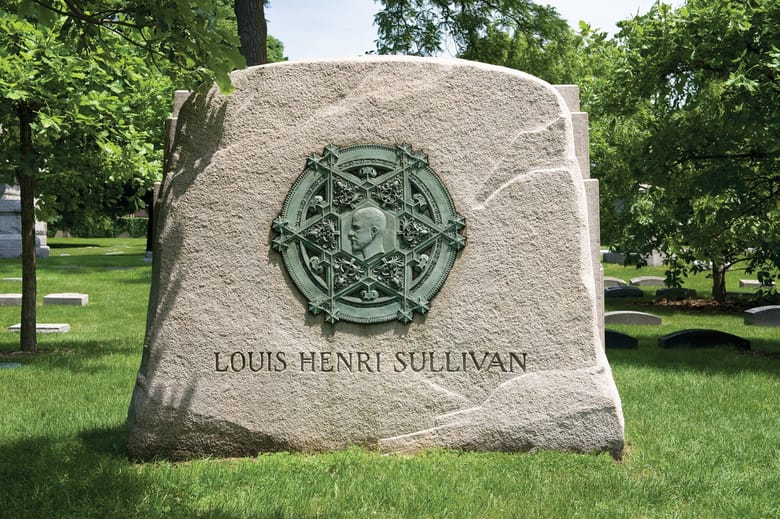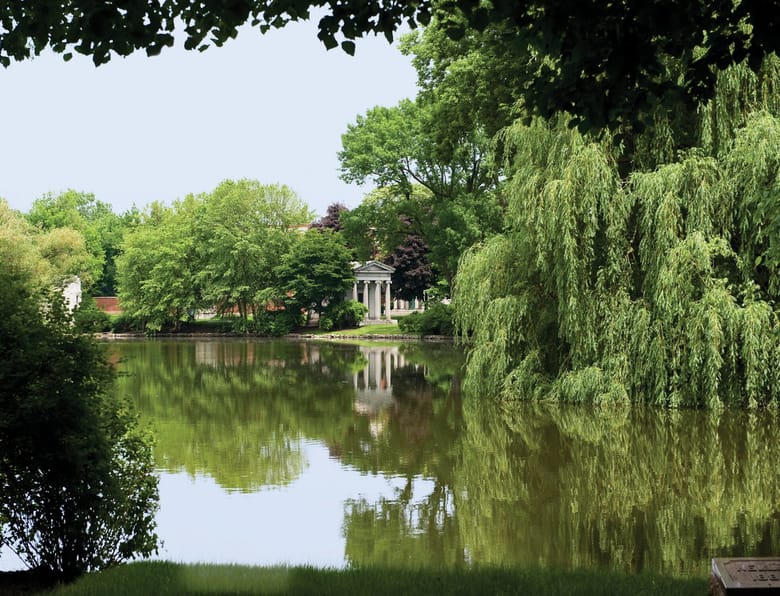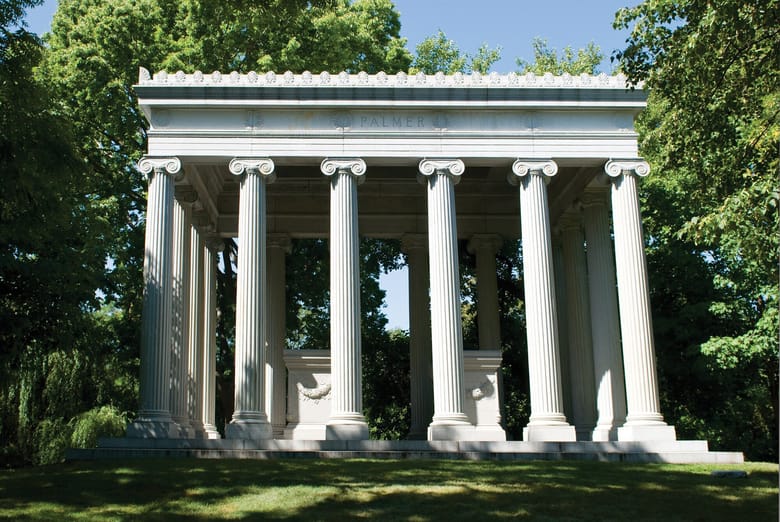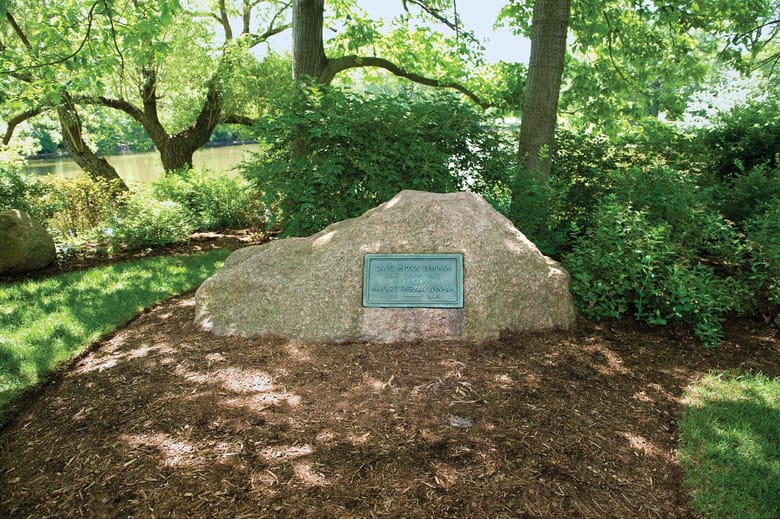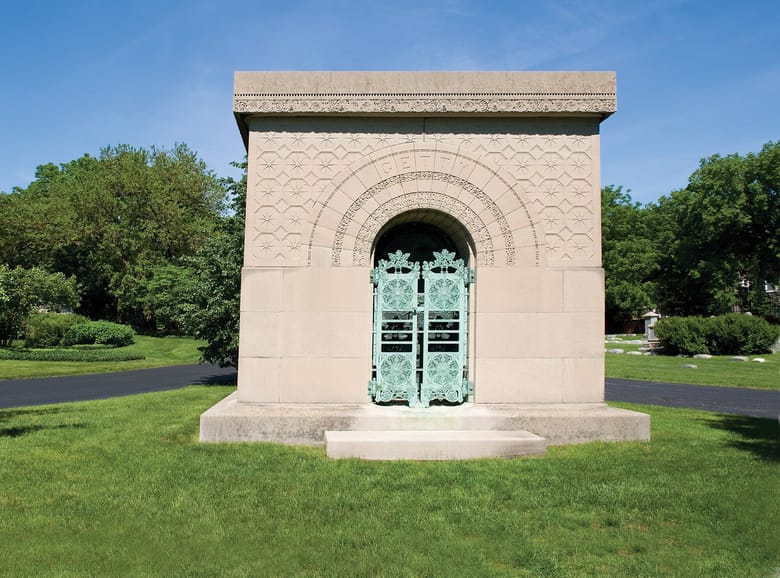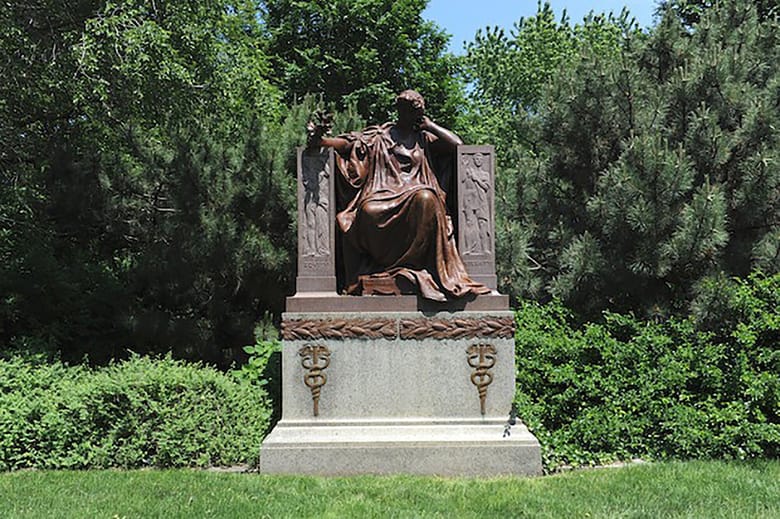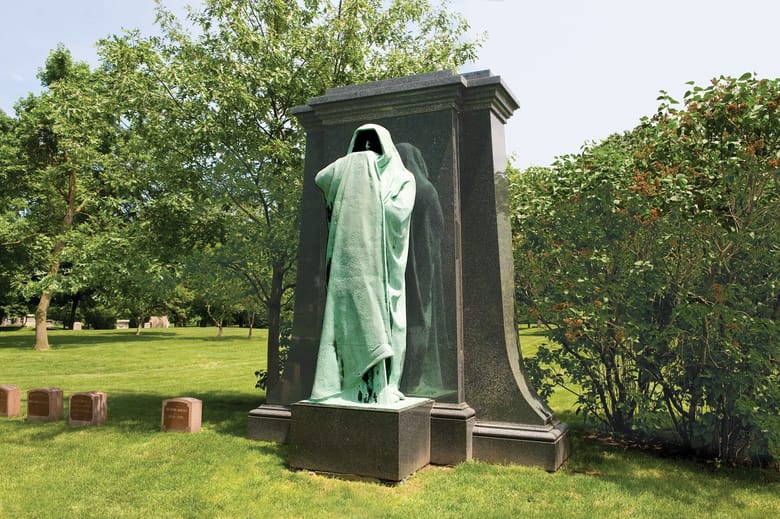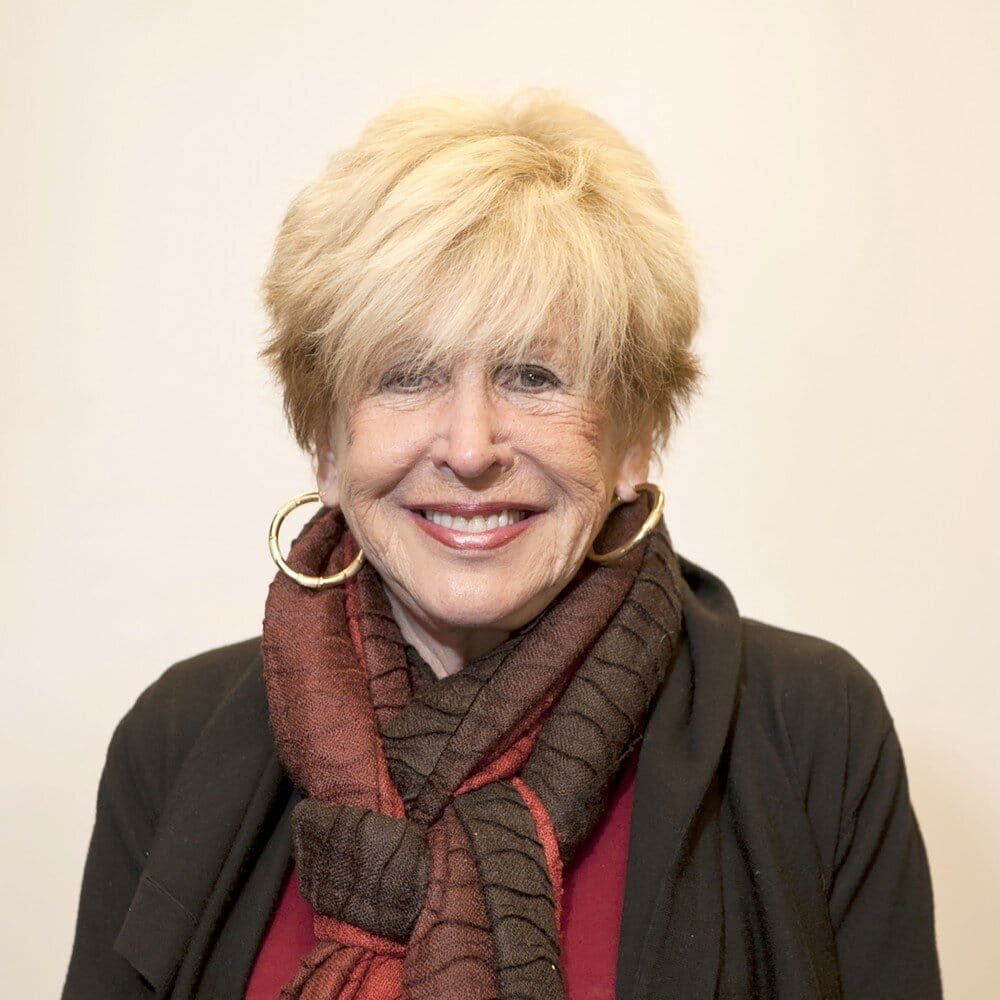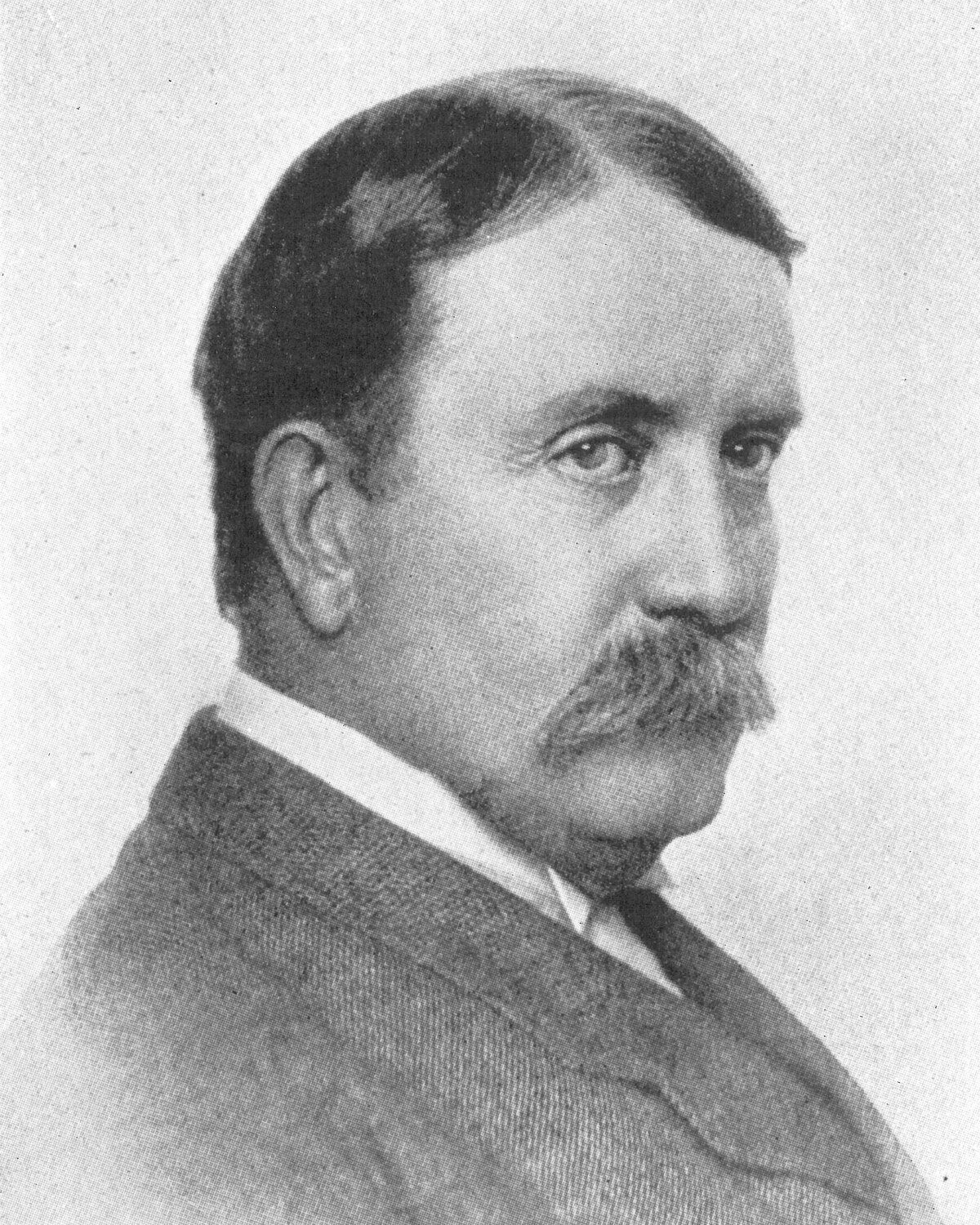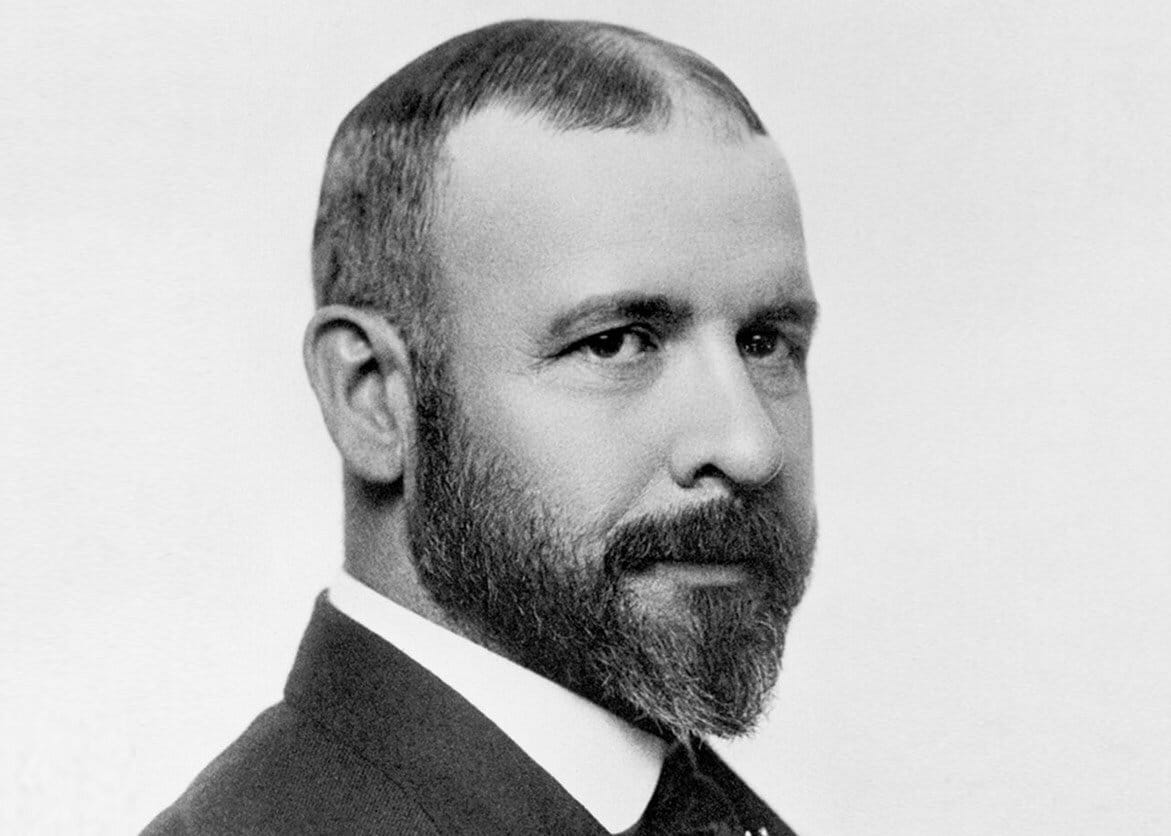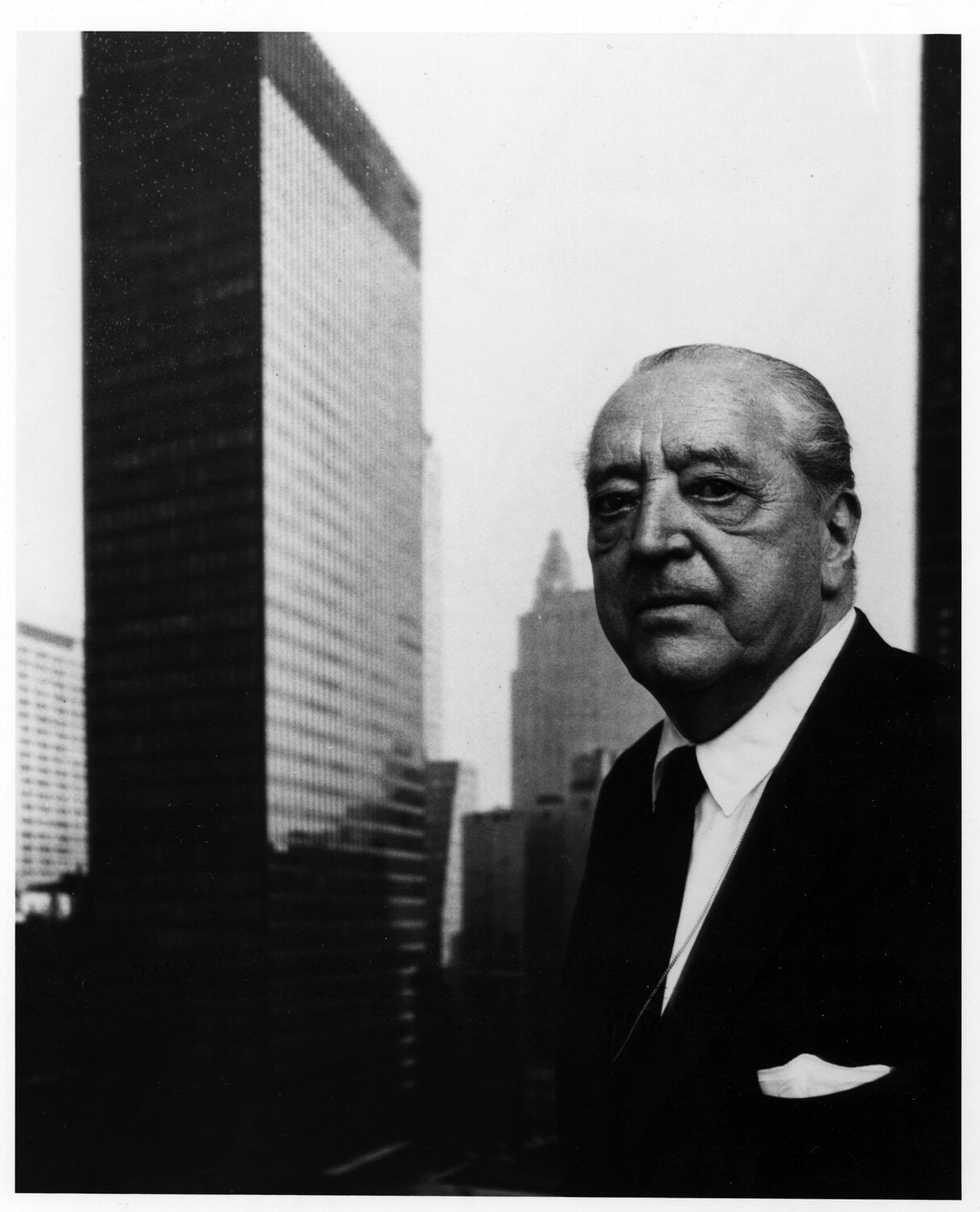Graceland Cemetery
As you pass through the stone and iron gates of Graceland Cemetery, you leave the city behind and enter a peaceful refuge.
Amid the rolling hills and winding roads, you’ll find the graves of hundreds of Chicago’s most notable residents.
CROWDED CITIES, CROWDED CEMETERIES
Chicago’s first city cemetery was located on what is now the southern end of Lincoln Park. Burials began there in 1843, when early settlers buried their dead on the banks of the Chicago River. By the late 1850s, the growing city was encroaching on the cemetery, which was also getting crowded. A popular medical theory of the time led people to believe that cemeteries were the source of epidemic disease.
Health concerns, overcrowding, the growth of the Rural Cemetery Movement and Chicagoans’ desire for a lakeside park were a few of the reasons that additional plot sales were prohibited as of May, 1859. Disinterment began the same year, and remains were transferred to several newly established and more desirable cemeteries. One of those cemeteries was Graceland.
A PASTORAL BURIAL GROUND
Founded in 1860 by attorney Thomas B. Bryan, Graceland was a new type of cemetery. It wasn’t just a utilitarian place to bury the dead. Lush, sculptured, pastoral landscapes with sweeping vistas and carefully chosen plantings created a parklike atmosphere. These “rural cemeteries” offered dignity to the dead and pleasure to their living visitors. Some visitors took picnics and enjoyed a stroll after paying their respects.
Many notable landscape designers had a hand in shaping Graceland:
- William Saunders, an experienced designer of parks and cemeteries, provided the original designs.
- Swain Nelson, who went on to landscape Lincoln Park, implemented the designs.
- William Le Baron Jenney designed one of several expansions and three lakes in Graceland, including Lake Willowmere, which still survives.
- Ossian Cole Simonds served as Graceland’s superintendent from 1883 to 1898 and impacted Graceland immensely through his use of native plantings, creating naturalistic landscapes and shaped vistas that provided “long views.”
- H.W.S. Cleveland sodded the paths and plots in 1870 to produce a uniform surface, and he ended the practice of marking plot boundaries with low fences or stone curbs.
A RESTING PLACE FOR THOSE IN THE SOCIAL REGISTER
Graceland was the cemetery of choice for many of Chicago’s best known citizens:
- Philip Armour: Meatpacking mogul and founder of Armour and Company.
- John Peter Altgeld: 20th governor of Illinois, who served from 1893 to 1897.
- Marshall Field: Philanthropist and founder of the department store Marshall Field and Company.
- John Jones: An abolitionist and the first African-American to hold elected office in Illinois.
- Cyrus McCormick: Inventor and founder of the McCormick Harvesting Machine Company.
- Potter Palmer: Dry goods merchant, real estate developer and owner of the Palmer House Hotel.
- George Pullman: Railroad magnate and inventor of luxury railroad cars known as Pullman Cars.
Did you know?
Lavish monuments in Graceland Cemetery were designed by some of the best architects and sculptors of the day, including Lorado Taft, Daniel Chester French and Louis Sullivan.
Did you know?
Daniel Burnham and his family are buried on a private island in Lake Willowmere in Graceland Cemetery.
Did you know?
Several CAC docents who have given the Graceland Cemetery tour for many years have already purchased their own plots there.
Did you know?
Many of Chicago's most well-known architects are buried at Graceland Cemetery, including Ludwig Mies van der Rohe, Louis Sullivan, Daniel Burnham, William Le Baron Jenney and Fazlur Khan.

